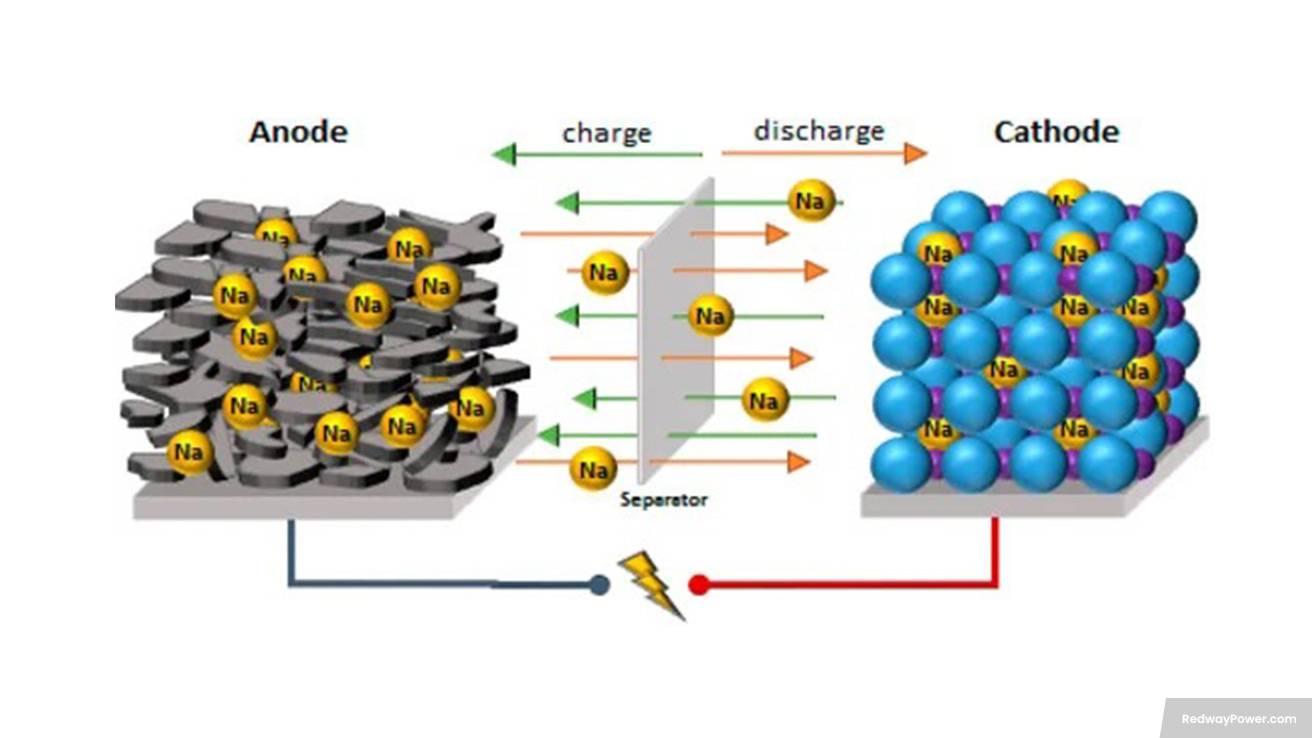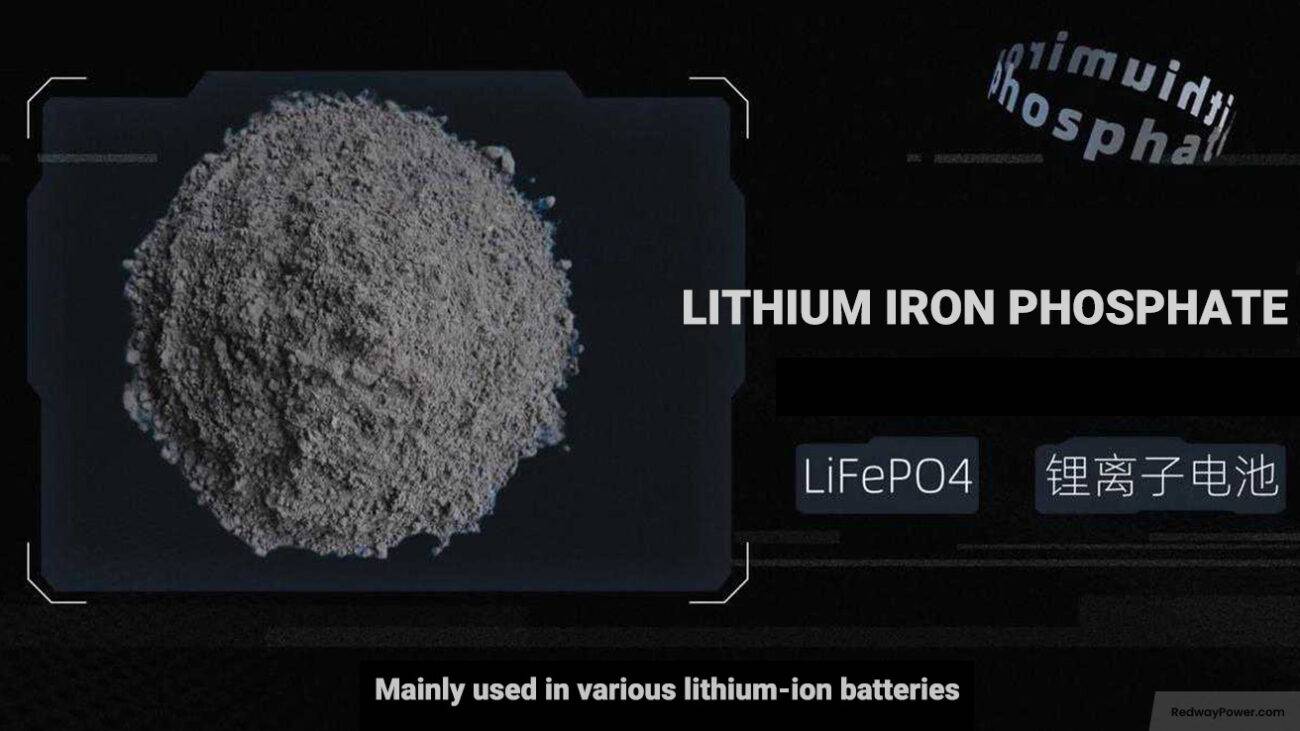As the demand for renewable energy rises, researchers are exploring sodium-ion batteries as a potential alternative to traditional lithium-ion batteries. While these batteries offer advantages, they also present limitations and commercialization challenges. In this post, we’ll explore the hurdles faced by sodium-ion batteries and discuss potential alternative solutions in the evolving landscape of battery technology.
Advantages of sodium-ion batteries over lithium-ion batteries
Sodium-ion batteries present a promising alternative to lithium-ion batteries, offering distinct advantages in terms of resource abundance, safety, and performance. In this discussion, we’ll highlight the key benefits that make sodium-ion batteries an attractive option for energy storage.
Advantages of Sodium-ion Batteries:
- Abundance and Cost-effectiveness: Sodium-ion batteries leverage the abundance of sodium resources, providing a cost-effective solution compared to lithium-ion batteries. The widespread availability of sodium contributes to their potential affordability, especially in large-scale applications.
- Safety: Sodium-ion batteries exhibit inherent safety advantages over lithium-ion counterparts due to the lower reactivity of sodium ions. This characteristic minimizes the risk of thermal runaway, making sodium-ion batteries suitable for applications prioritizing safety, even in sensitive environments.
- High-Temperature Performance: Sodium-ion batteries excel in performance at high temperatures, unlike lithium-ion batteries that experience reduced efficiency under such conditions. This makes sodium-ion batteries ideal for applications in hot climates or industrial settings where temperature fluctuations are common.
- Environmental Benefits: Sodium-ion batteries contribute to environmental sustainability by reducing dependence on rare earth metals like cobalt. This shift addresses ethical concerns and environmental damage associated with mining operations, aligning with efforts for a greener and more sustainable energy future.
While sodium-ion batteries show great promise, it’s essential to acknowledge existing limitations and work towards overcoming challenges for their widespread adoption.
The limitations of sodium-ion batteries
As sodium-ion batteries emerge as a promising technology, it’s crucial to acknowledge their limitations for future improvements. Let’s delve into the key challenges facing sodium-ion batteries, hindering their widespread use and commercialization.
Limitations of Sodium-ion Batteries:
- Lower Energy Density: Sodium-ion batteries exhibit lower energy density compared to lithium-ion counterparts, limiting their suitability for high-energy applications like electric vehicles. The reduced capacity to store and deliver electrical energy poses challenges for specific demanding use cases.
- Shorter Cycle Life: Sodium-ion batteries face a limitation in terms of cycle life when compared to lithium-ion alternatives. The repeated charging and discharging processes lead to performance degradation over time, impacting the overall lifespan of the battery. This poses challenges for long-term reliability, especially in applications requiring extended usage.
- Material Stability Challenges: Stability issues arise in sodium-ion batteries due to structural changes in electrode materials during cycling. These changes contribute to reduced efficiency and overall performance degradation over the battery’s operational lifespan. Research efforts are underway to identify alternative materials and designs to address these stability concerns.
- Safety Considerations: While sodium-ion batteries are generally considered safer than lithium-ion batteries, safety concerns persist. Some electrode materials, if mishandled or exposed to extreme conditions, can pose safety risks. Addressing these concerns is crucial for ensuring the safe use of sodium-ion batteries in various applications.
- Commercialization Challenges: The commercialization of sodium-ion battery technology faces hurdles related to infrastructure development. Large-scale production and integration into existing systems require further refinement before sodium-ion batteries can be widely available in the market. Ongoing research aims to overcome these challenges and optimize sodium-ion battery technology for practical use.
In summary, sodium-ion batteries offer certain advantages but come with significant challenges that researchers are actively addressing to enhance their viability across various industries.
Challenges in commercializing sodium-ion batteries
As sodium-ion batteries show promise, their commercialization faces hurdles that need careful consideration. Let’s explore key challenges hindering the widespread adoption of sodium-ion batteries in the market.
Challenges in Commercializing Sodium-ion Batteries:
- High Production Cost: Sodium-ion batteries encounter a significant challenge in terms of production cost. Materials like sodium are less abundant and more expensive than lithium. Current manufacturing processes are not optimized for mass production, resulting in higher overall costs.
- Energy Density Limitations: The lower energy density of sodium-ion batteries compared to lithium-ion counterparts restricts their application in industries where extended battery life is crucial. This limitation hampers their suitability for certain use cases requiring longer-lasting power.
- Limited Cycle Life: Sodium-ion batteries face a challenge with their limited cycle life. Rapid degradation over repeated charge-discharge cycles leads to a shorter overall lifespan, raising concerns about maintenance costs and durability.
- Safety Issues: Safety remains a concern with sodium-ion batteries, similar to other rechargeable technologies. There’s a risk of overheating or fire if not managed properly during charging and discharging processes, necessitating robust safety measures.
- Infrastructure Misalignment: The existing infrastructure designed for lithium-based battery systems may not seamlessly support sodium-based counterparts. Significant modifications or investments are required to adapt the infrastructure, adding complexity to the commercialization process.
Addressing these challenges involves continuous research and development efforts to enhance sodium-ion battery performance, reliability, scalability, and to reduce production costs for a more sustainable future.
Alternative solutions to overcome limitations
Researchers are actively exploring alternative solutions to overcome limitations in sodium-ion batteries. These advancements aim to enhance energy density, cycling stability, charging rates, and manufacturing processes. Let’s delve into the potential strategies being pursued for a more efficient and commercially viable sodium-ion battery technology.
Alternative Solutions for Sodium-ion Battery Enhancement:
- Improved Energy Density: Addressing the lower energy density of sodium-ion batteries is a key focus. Researchers are developing new electrode materials capable of storing more sodium ions, aiming to bridge the gap with lithium-ion batteries in terms of energy storage capacity.
- Enhanced Cycling Stability: Overcoming the shorter lifespan of sodium-ion batteries involves strategies to enhance cycling stability. Initiatives include applying protective coatings on electrode materials and designing nanostructured electrodes to minimize degradation during charge-discharge cycles, ultimately extending battery life.
- Optimizing Charging Rates: Researchers are tackling the challenge of slow charging and discharging rates in sodium-ion batteries. By optimizing electrolyte composition and exploring different electrolyte types, efforts aim to increase efficiency and reduce charging times, making these batteries more practical for various applications.
- Advancements in Manufacturing: Improving manufacturing techniques is a critical aspect of sodium-ion battery development. Advancements in production processes can lead to better quality control and higher yields, contributing to the commercial viability of sodium-ion batteries by addressing current limitations.
These alternative solutions signify promising strides in overcoming challenges faced by sodium-ion battery technology, paving the way for more effective and widespread use in the future.
Future prospects for sodium-ion battery technology
Despite challenges, sodium-ion batteries show promise as an alternative energy storage solution. Researchers are actively addressing limitations and paving the way for future advancements. Let’s explore key areas shaping the future prospects of sodium-ion battery technology.
Future Prospects for Sodium-ion Battery Technology:
- Materials and Electrode Designs: Ongoing research focuses on developing new materials and electrode designs to enhance sodium-ion battery performance. Optimizing composition and structure aims to improve energy density, cycle life, and overall efficiency, bringing these batteries closer to parity with lithium-ion counterparts.
- Electrolyte Chemistry Advances: Advancements in electrolyte chemistry are critical for improving the safety and reliability of sodium-ion batteries. Research targets electrolytes that enable fast charging without compromising stability, addressing a key aspect of future sodium-ion battery development.
- Scaling Up Production: Successful commercialization of sodium-ion batteries requires improved cost-effectiveness in manufacturing. Scaling up production processes is essential to make these batteries economically viable on a larger scale, a pivotal step for their widespread adoption.
- Collaboration and Funding Support: Collaboration between academia, industry stakeholders, and government agencies is vital. Knowledge exchange accelerates progress, and government funding supports research initiatives, driving efforts to overcome challenges associated with sodium-ion battery technology.
While obstacles remain, the future holds promise for sodium-ion batteries as part of cleaner and more sustainable energy solutions. As researchers push boundaries, these batteries may play a crucial role in meeting global energy demands and contributing to a greener future.



